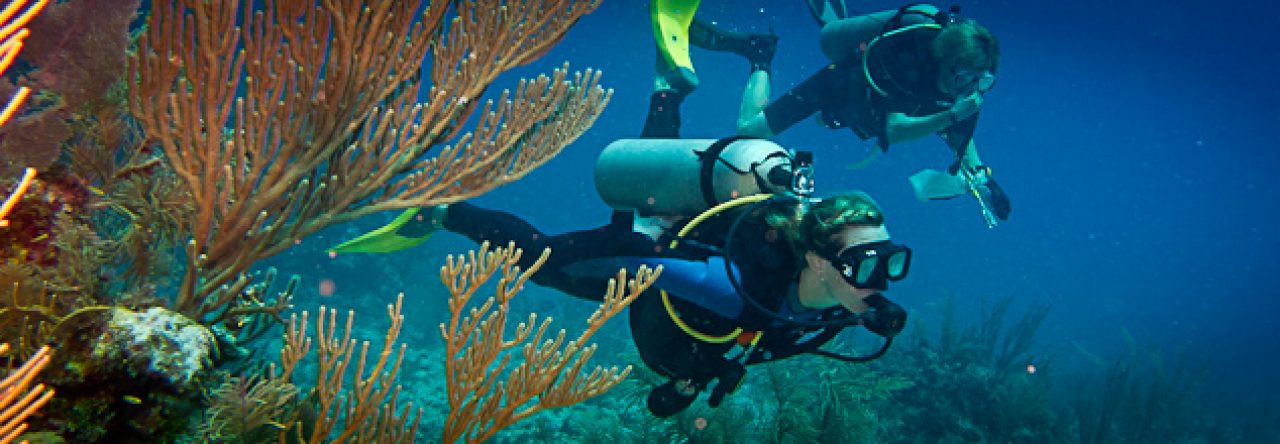As long as people have been excited and enchanted by the ocean, there has been excitement about creatures that occupy it. From the yummy, to the adorable, to the scary, to the beautiful, to the mystifying; the ocean is vast and contains multitudes.

The mermaid meme has surfaced in folklore on almost every continent, a testimony perhaps to people’s desire to be a part of the ocean. Not all the details are the same; sometimes mermaids are mischievous, murderous, vain, or benevolent. However, there are many similarities through the years and over different countries (such as mermaids are often associated with combs and mirrors). How could so many cultures have such similar representations of water spirits, sprites or mermaids? Read on to see the evolution of the mermaid tale.
Atargatis is widely agreed to be the first mermaid tale, think 1000 bc, of Assyria. Atargatis, beautiful goddess of fertility, fell in love with a shepherd, a mere mortal. Underestimating her powers, she killed her lover accidentally, and in grief jumped into a river so that she could turn into a fish. However, her beauty was so great that the transformation was never able to complete, and she remained half goddess, half fish. Atargatis’s is also believed to be the precursor to the Greek goddess Aphrodite.

Coming up a little further in history is Thessalonike of Macedon, sister to Alexander the Great. Her story goes that after Alexander’s death, she tried to drown herself by jumping into the sea, but instead transformed into a mermaid and lived in the Aegean (due to previously having her hair bathed in water from the fountain of immortality, long story). Sailors who chanced upon her were asked one question: Is Alexander still the king? Answer yes, and Thessalonike would calm the seas for ships. Answer no, and she’d transfer into a Gorgon and rough up the crossing.

Head to Africa, and meet Mami Wata, sometimes mermaid, but never human. Mami Wata is a powerful water spirit, originating from over 20 countries in West, Central, and South Africa. Often pictured holding a snake, a fairly common association of water spirits in Africa, Mami Wata can bring people to the underwater world to their death-or return them to the human world, often with increased wealth, beauty, and psychic powers.

Lasiren is a water spirit that frequents lore in the Caribbean. Like a lot of culture in the Caribbean, Lasiren is a mix of many places and ideas, due to a mix of people and history. Perhaps Mami Wata influenced the story of Lasiren, mixed with the European ideas of sirens (beautiful, sea creatures that would taunt sailors into smashing their ships on the rocks, many sailors considered sirens bad luck, and to see one meant death).

In Haiti, some people believe Lasiren takes people to the back of the mirror (her ocean world) and when (if) they return they are Voodoo priestesses.

China also has multiple references to mermaids throughout history. In one story, “Jottings on the South of China”, a man marries a mermaid who can’t talk. After he dies, she returns to the sea. In another story, a mermaid weeps tears which becomes pearls, which is a pretty awesome skill I wish I had.
In the spirit of keeping this post short, I will cut it in half, next week delving into the western world’s favorite mermaid, “The Little Mermaid” by Hans Christian Anderson. However, you may have picked up on quite a few specific details in this post that carry over through all the stories, through all countries, and even into current day’s mer-meme.
until next week,
-merbabe

Awesome post. Interesting fact about “The Little Mermaid”. It was written as a love letter to Edvard Collin after he got engaged. Looking forward to the next post.
Pingback: history of mermaids part 2 (The Little Mermaid) | The Merbabe Adventures